Dogs have an endless capacity for love and loyalty, but they depend on us to treat them with kindness and respect. Sadly, not everyone understands how harmful certain punishments can be. Some approaches that were once considered normal are now recognized as cruel and abusive. Dogs thrive when they feel safe, loved, and secure, and the best way to teach them is through patience—not punishment. Let’s explore the 16 most evil dog punishments and why they should never be used.
1. Hitting or Smacking
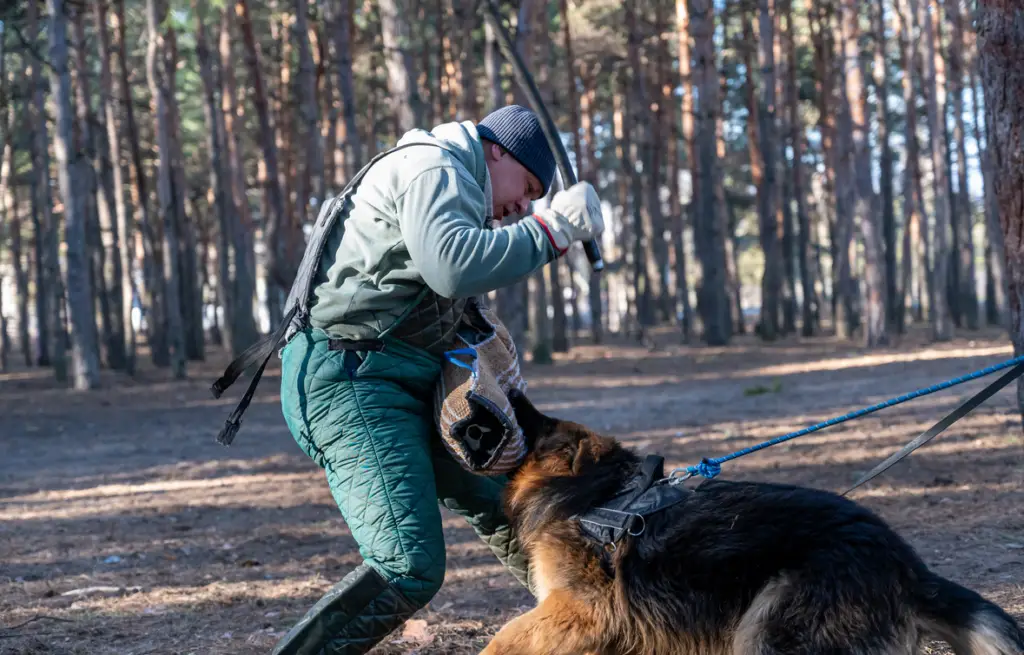
Using physical force to discipline a dog only instills fear and breaks the trust they have in you. It can also make them anxious or aggressive over time.
2. Yelling

Screaming at a dog can be terrifying for them. Dogs don’t understand anger the way humans do, and shouting creates unnecessary stress without teaching them anything constructive.
3. Denying Food as Punishment

Withholding meals as a way to punish a dog is inhumane. Food is a basic need, not a privilege, and denying it can lead to malnutrition and a breakdown of trust.
4. Forcing Their Nose in Accidents
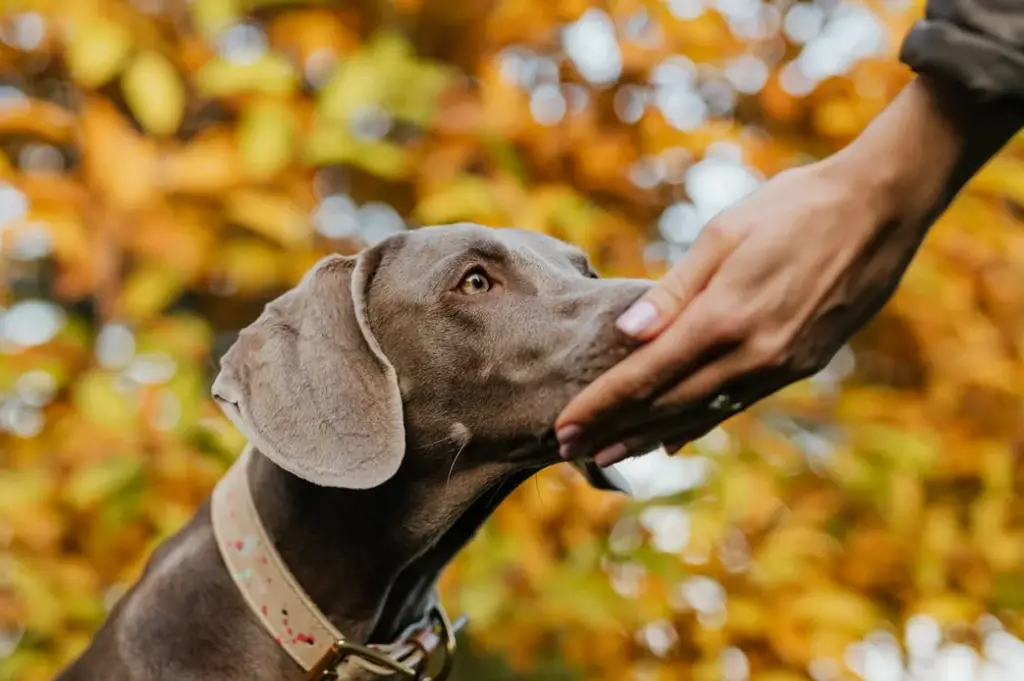
Rubbing a dog’s nose in their mess is not only ineffective but also cruel. It confuses the dog and teaches them to fear you, rather than learn where to go.
5. Shock Collars

While marketed as training tools, shock collars cause pain, fear, and stress. Positive reinforcement methods are far more effective and humane.
6. Isolation in Small Spaces

Locking a dog in a small, confined space as punishment can lead to severe anxiety and emotional trauma. Dogs are social creatures who need interaction, not isolation.
7. Using Choke Chains Aggressively
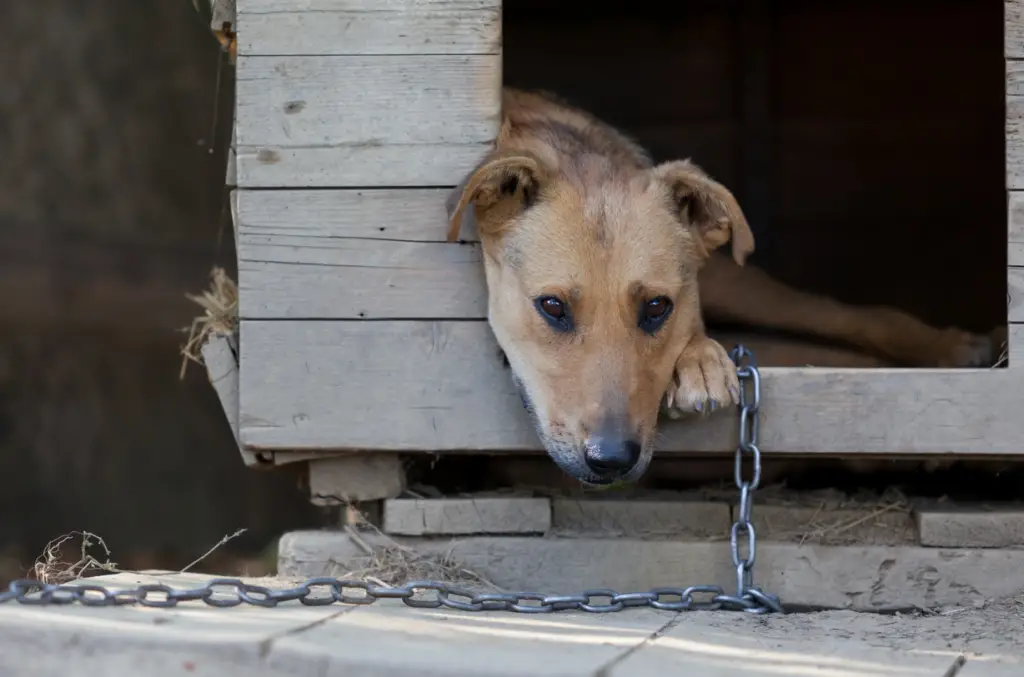
A choke chain can cause serious physical harm when used harshly. Dogs don’t learn through pain—they learn through guidance and consistency.
8. Dousing Them with Water
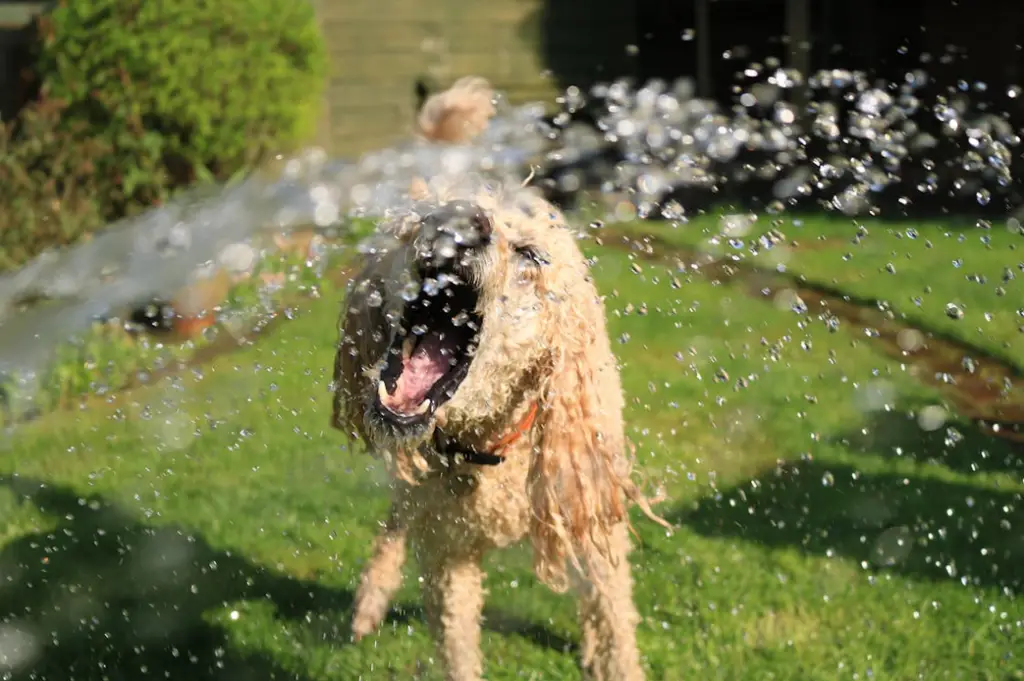
Throwing water at a dog as a form of punishment may seem harmless, but it startles and scares them without addressing the behavior you’re trying to change.
9. Leaving Them Outside Alone for Hours

Ignoring a dog’s misbehavior by banishing them to the yard doesn’t address the issue. It just leaves them feeling confused, isolated, and unloved.
10. Yanking on the Leash

Using excessive force to yank a dog’s leash as punishment can cause neck injuries and emotional distress. Gentle training methods are safer and more effective.
11. Hanging or Lifting by the Scruff

Some people believe lifting a dog by their scruff mimics how their mother would discipline them, but it’s painful and dangerous, especially for adult dogs.
12. Spraying with Vinegar or Other Chemicals

Using strong-smelling sprays to punish a dog is harmful and cruel. It can irritate their sensitive noses and even cause lasting damage.
13. Tying Objects to Them

Attaching heavy or awkward objects to a dog as a “lesson” is abusive and physically harmful. It’s a punishment that serves no purpose other than causing distress.
14. Ignoring Them as a Punishment

Withholding affection or attention to “teach a lesson” can leave a dog feeling confused and insecure. Dogs crave connection and thrive on positive reinforcement.
15. Kicking
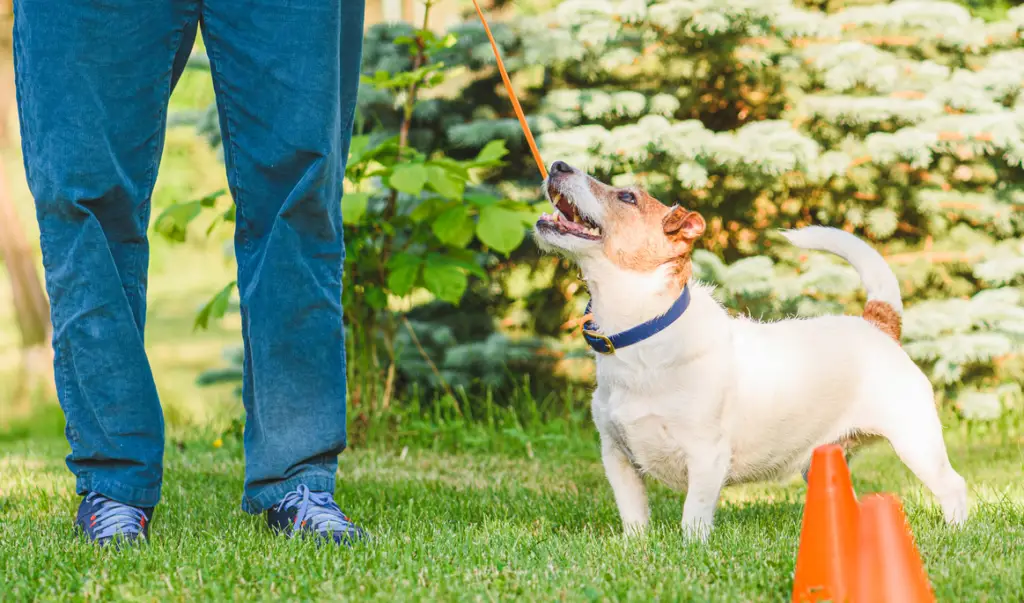
Kicking a dog is one of the most abusive punishments imaginable. It’s physically harmful, terrifying, and causes permanent emotional scars.
16. Using Loud Noises to Scare Them
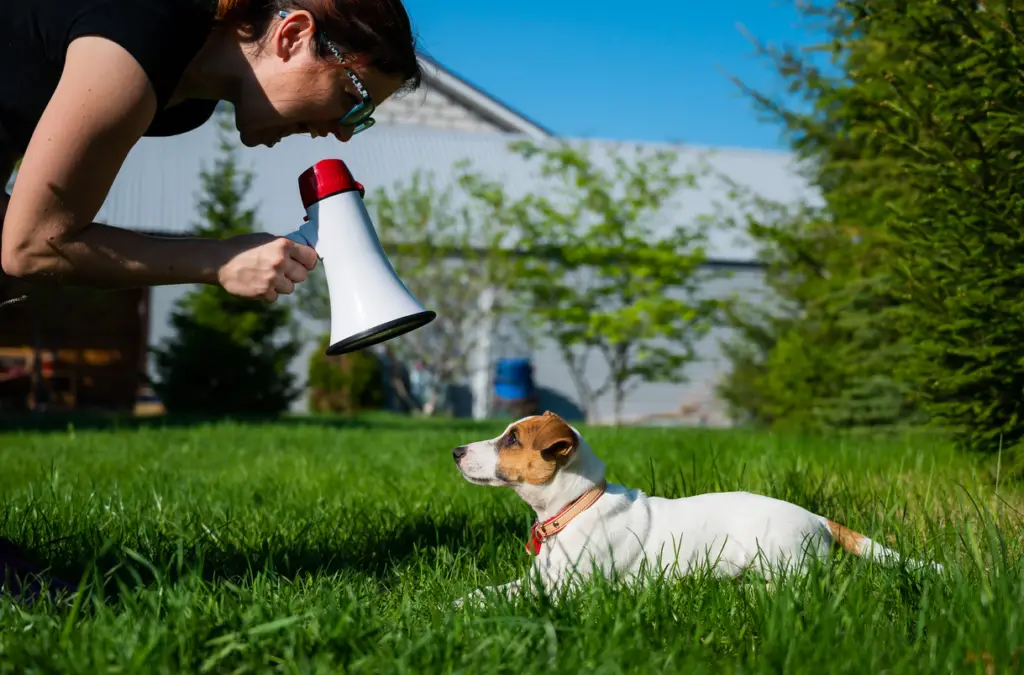
Banging pots or slamming objects to scare a dog is cruel and unnecessary. It creates fear and stress, not understanding or improved behavior.
Dogs aren’t just pets—they’re family. Punishments rooted in cruelty and fear do nothing but damage the loving bond you share. By treating your dog with care and compassion, you can guide them toward better behavior while ensuring they feel safe and secure in your home. They give us unconditional love, and they deserve nothing less in return.


